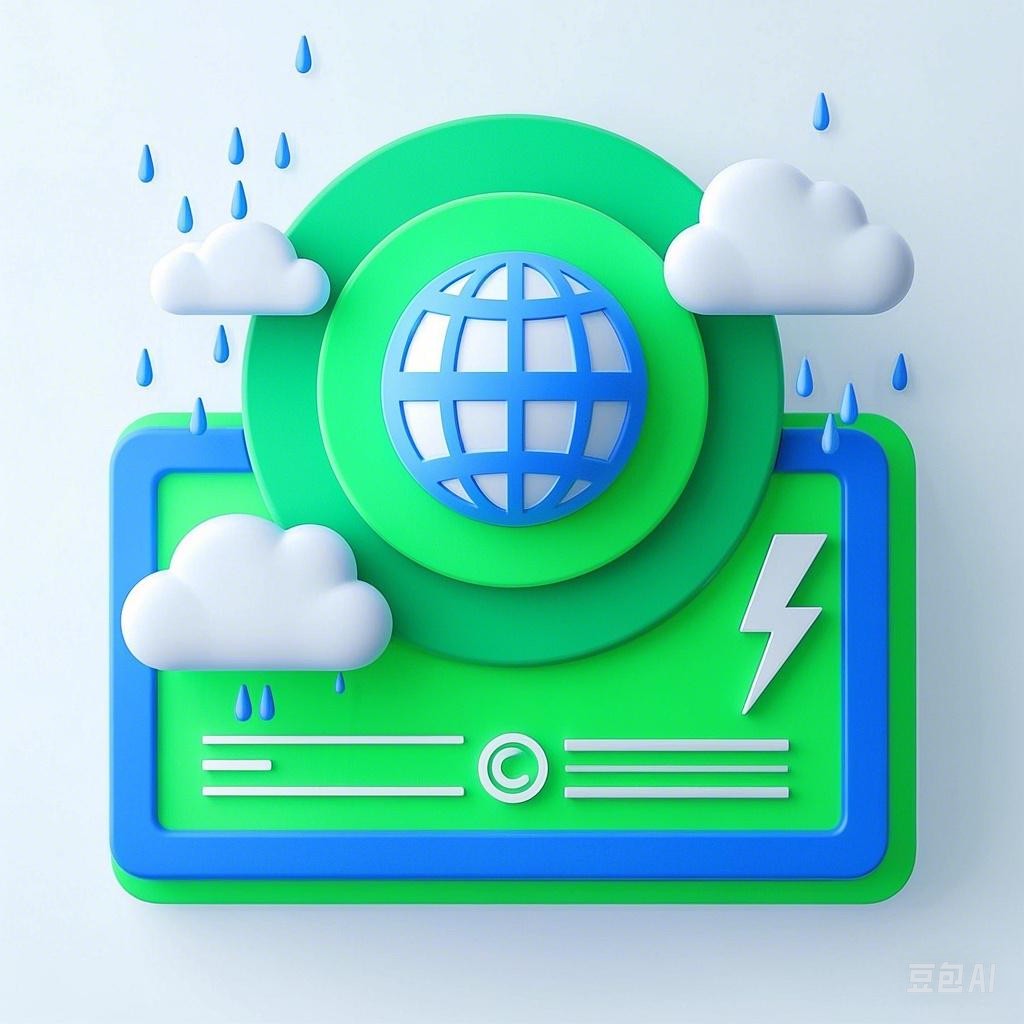Introduction
Natural ocean disasters, such as tsunamis, hurricanes, and El Niño events, pose significant threats to coastal communities around the world. Understanding these phenomena is crucial for mitigating their impacts and preparing for future occurrences. This article delves into the realities of natural ocean disasters, exploring their causes, effects, and the scientific efforts to predict and manage them.
Tsunamis: The Sea’s Unpredictable Force
Causes of Tsunamis
Tsunamis are typically caused by underwater disturbances, such as earthquakes, volcanic eruptions, or landslides. When these events occur, they displace a large volume of water, generating powerful waves that can travel across entire oceans.
Earthquakes
The most common cause of tsunamis is seismic activity. When tectonic plates shift, they can create earthquakes that generate tsunamis. The 2004 Indian Ocean earthquake and tsunami, which resulted in over 230,000 deaths, is a tragic example of this.
Volcanic Eruptions
Volcanic eruptions can also trigger tsunamis. The 1883 eruption of Krakatoa, for instance, caused a series of tsunamis that killed over 36,000 people.
Landslides
Landslides occurring in coastal areas can displace large amounts of sediment, leading to the formation of tsunamis.
Effects of Tsunamis
Tsunamis can cause widespread destruction and loss of life. Their effects include:
- Widespread flooding: Tsunamis can travel across entire oceans, reaching coastlines with little to no warning.
- Property damage: Homes, businesses, and infrastructure are often destroyed or severely damaged.
- Loss of life: Tsunamis can sweep away people, animals, and vehicles, resulting in high death tolls.
Predicting and Mitigating Tsunamis
Tsunami prediction and mitigation efforts involve several key components:
- Early warning systems: These systems use seismic and oceanographic data to detect and predict tsunamis.
- Evacuation plans: Coastal communities are encouraged to have evacuation plans in place to minimize loss of life.
- Infrastructure improvements: Building codes and flood defenses can help reduce property damage.
Hurricanes: The Power of the Sea and Air
Causes of Hurricanes
Hurricanes are formed over warm ocean waters, where the heat and moisture in the atmosphere rise and create low-pressure systems. These systems can develop into tropical cyclones, which are known as hurricanes in the Atlantic Ocean and eastern Pacific Ocean.
Warm Ocean Waters
Hurricanes require warm ocean waters, typically with temperatures above 26.5°C (79.7°F), to fuel their development.
Low-Pressure Systems
Low-pressure systems in the atmosphere are crucial for hurricane formation. These systems allow warm, moist air to rise and create the conditions necessary for hurricane development.
Effects of Hurricanes
Hurricanes can cause widespread destruction, including:
- High winds: Winds can exceed 155 miles per hour (250 kilometers per hour) in the most intense hurricanes.
- Heavy rainfall: Hurricanes can dump massive amounts of rain, leading to flooding and landslides.
- Storm surges: The rising of seawater due to the hurricane’s winds and low-pressure can lead to significant coastal flooding.
Predicting and Mitigating Hurricanes
Hurricane prediction and mitigation efforts include:
- Weather forecasting: Advanced models and technologies are used to predict the path and intensity of hurricanes.
- Evacuation plans: Coastal communities are encouraged to have evacuation plans in place.
- Infrastructure improvements: Building codes and flood defenses can help reduce property damage.
El Niño and La Niña: The Southern Oscillation
Causes of El Niño and La Niña
El Niño and La Niña are part of the Southern Oscillation, a climate pattern characterized by changes in sea surface temperatures in the tropical Pacific Ocean.
El Niño
El Niño occurs when the eastern Pacific Ocean becomes warmer than normal. This warming can lead to changes in weather patterns around the world.
La Niña
La Niña is the opposite of El Niño, with cooler than normal sea surface temperatures in the eastern Pacific Ocean. This cooling can also lead to changes in weather patterns globally.
Effects of El Niño and La Niña
El Niño and La Niña can cause a range of effects, including:
- Extreme weather: These events can lead to extreme weather conditions, such as heavy rainfall, droughts, and heatwaves.
- Agricultural impacts: Changes in weather patterns can affect crop yields and food prices.
- Oceanic impacts: El Niño and La Niña can alter ocean currents and sea surface temperatures, affecting marine ecosystems.
Predicting and Mitigating El Niño and La Niña
Predicting El Niño and La Niña events involves monitoring oceanic and atmospheric conditions. Efforts to mitigate their impacts include:
- Early warning systems: These systems can help communities prepare for extreme weather conditions.
- Agricultural adaptation: Farmers can adapt their planting schedules and crop choices to mitigate the impacts of El Niño and La Niña.
- Climate change adaptation: Reducing greenhouse gas emissions can help mitigate the long-term impacts of El Niño and La Niña events.
Conclusion
Natural ocean disasters are complex phenomena that can have devastating impacts on coastal communities. Understanding their causes, effects, and prediction methods is crucial for preparing for and mitigating their impacts. By investing in research, early warning systems, and community preparedness, we can work towards a more resilient future in the face of nature’s fury.
